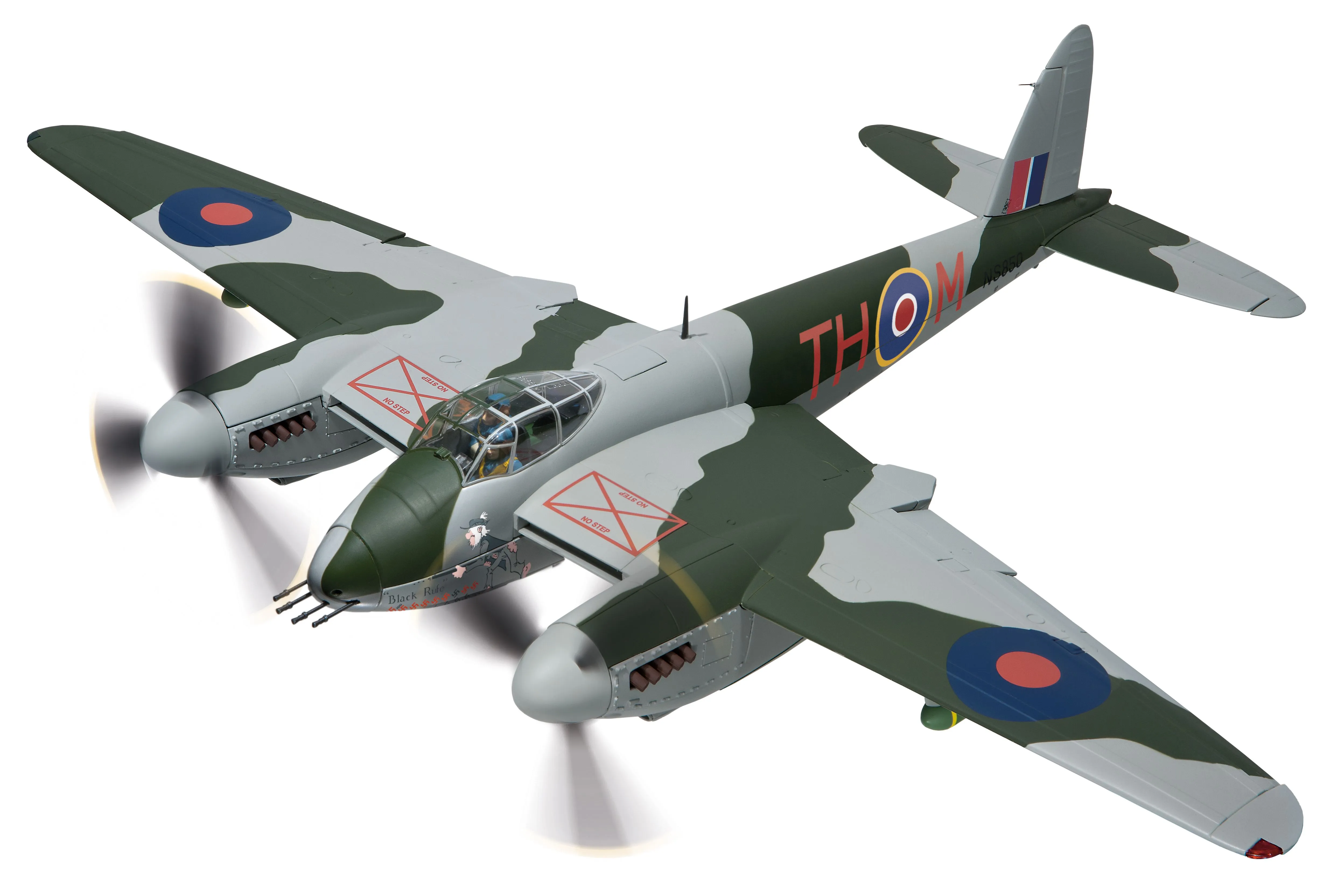The Allure of Diecast Model Airplanes UK
Diecast model airplanes have captured the imaginations of enthusiasts in the UK and around the world, offering a tangible connection to the history and romance of aviation. These meticulously crafted miniatures provide a unique way to appreciate the engineering, design, and historical significance of aircraft. The appeal of diecast models extends beyond mere aesthetics; they represent a passion for aviation and a desire to own a piece of history. For collectors, these models are more than just toys; they are investments, conversation starters, and sources of immense pride. From iconic Spitfires to modern-day airliners, diecast model airplanes offer something for everyone, making them a beloved hobby across the UK.
Historical Significance of Diecast Models
Diecast model airplanes are significant historical artifacts, reflecting the evolution of aviation. Early models mirrored the pioneering days of flight, showcasing the simple yet revolutionary designs of the time. As aviation technology advanced, so did the models, with increasingly detailed representations of aircraft from both world wars and the jet age. These models serve as educational tools, allowing enthusiasts to study the advancements in aircraft design, aerodynamics, and military history. They preserve the legacy of famous planes and the pilots who flew them, offering a glimpse into the past and a connection to the milestones that shaped modern air travel and warfare. Owning and collecting these models is like holding a miniature history book in your hands.
Early Days of Diecast Airplane Production

The origins of diecast model airplane production trace back to the early 20th century, with initial models often made from tin or lead. The advent of die-casting, a process where molten metal is injected into molds, revolutionized the industry, allowing for more intricate designs and greater detail. These early models were often simple toys, but they laid the groundwork for the highly detailed, collectible items we see today. The UK played a significant role in the development of diecast models, with several manufacturers emerging to cater to the growing demand for aviation-themed toys. These pioneers set the stage for the hobby, creating a foundation upon which the industry would later build and thrive. The techniques and materials have evolved greatly, yet the spirit of innovation remains.
Evolution of UK Diecast Airplane Manufacturing
The UK’s diecast airplane manufacturing industry has undergone a remarkable evolution, adapting to changing technologies and consumer preferences. Post-war, the industry boomed, with companies focusing on creating realistic and detailed models. The introduction of new materials, such as high-quality alloys and plastics, enhanced the accuracy and durability of the models. Throughout the decades, UK manufacturers have consistently strived to improve their craftsmanship, incorporating advancements in mold-making and painting techniques. The industry has seen periods of growth and consolidation, but the passion for producing high-quality diecast models has remained a constant. Many of these UK-based companies are still known for their quality, attention to detail, and dedication to capturing the essence of aviation history.
Types of Diecast Model Airplanes UK
The world of diecast model airplanes offers a diverse range of aircraft types, appealing to various interests and collecting preferences. Models range from historic warbirds like the Spitfire and Lancaster bomber to modern commercial airliners such as the Boeing 747 and Airbus A380. Collectors can specialize in specific eras, aircraft manufacturers, or even military units. The variety extends to different scales, with popular sizes including 1:72, 1:48, and 1:200, allowing enthusiasts to find models that fit their display preferences and available space. Diecast models also include different finishes, such as polished metal, detailed paint schemes, and weathering effects, providing endless options for collectors. The sheer diversity ensures that every enthusiast can find something to suit their taste and collecting goals.
Military Aircraft Diecast Models

Military aircraft diecast models are a significant segment within the diecast airplane hobby, attracting enthusiasts interested in military history and aviation combat. These models accurately represent the planes used in conflicts across the globe, from World War I biplanes to modern-day fighter jets. The detail in these models is often exceptional, featuring realistic paint schemes, markings, and armaments. Collectors frequently focus on specific conflicts, aircraft types, or even particular squadrons. Military models provide a tangible link to the battles and the heroes who fought them, and they often include historical information and context. The demand for detailed military aircraft models remains strong, and manufacturers continue to produce new releases for collectors eager to add to their collections.
Civilian Aircraft Diecast Models
Civilian aircraft diecast models represent the evolution of commercial aviation, capturing the sleek designs and iconic liveries of airlines around the world. These models feature accurate representations of passenger jets, cargo planes, and other aircraft used in civil aviation. Collectors can focus on specific airlines, aircraft manufacturers, or even particular aircraft types, such as the Boeing 737 or the Airbus A320. Civilian models often include detailed features such as landing gear, engines, and even interior details, providing a glimpse into the world of air travel. These models appeal to a wide audience, including aviation enthusiasts, frequent flyers, and those with an interest in the history of commercial flight. The models provide an accessible way to appreciate the beauty and engineering of modern airliners.
Scale and Detailing in Diecast Models
Scale and detailing are key aspects of diecast model airplanes, influencing their realism and appeal. The scale refers to the ratio of the model’s size to the actual aircraft, with popular scales including 1:72, 1:48, and 1:200. Larger scales typically offer more detail, allowing manufacturers to include intricate features like cockpit instrumentation, panel lines, and realistic weathering effects. Detailing extends to the paint schemes, markings, and overall finish of the model, with manufacturers striving to accurately replicate the appearance of the real aircraft. Collectors often prioritize models with high levels of detail, valuing the accuracy and craftsmanship involved in their production. The level of detail can vary, depending on the scale and the manufacturer, but it’s a crucial factor in the overall enjoyment of the models.
Factors Affecting Scale Accuracy
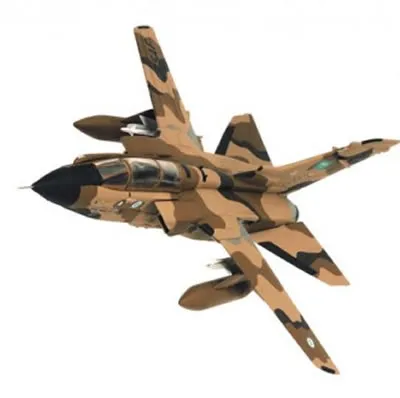
Several factors contribute to the scale accuracy of diecast model airplanes. The design process is crucial, with manufacturers using blueprints, photographs, and other references to ensure that the model accurately reflects the dimensions and features of the real aircraft. Materials and manufacturing techniques also play a role; higher-quality materials and advanced manufacturing processes allow for greater precision and detail. The accuracy of the mold is critical, as any imperfections or inaccuracies in the mold will be reflected in the final product. Skilled craftsmanship is also essential, with experienced painters and assemblers ensuring that the details are accurately rendered. Collectors often assess the accuracy of a model by comparing it to photographs and technical drawings of the actual aircraft, seeking to ensure that every element is correctly proportioned.
Key Design Elements in Diecast Models
Key design elements in diecast models include a combination of factors that contribute to their realism and appeal. Accurate proportions are essential, ensuring that the model’s dimensions accurately reflect those of the real aircraft. Detailed surface features, such as panel lines, rivets, and access panels, enhance the model’s realism, providing a tactile and visual experience. Authentic paint schemes and markings are crucial, with manufacturers meticulously replicating the colors, logos, and other markings of the original aircraft. The incorporation of moving parts, such as control surfaces or landing gear, adds to the model’s functionality and play value. Materials like diecast metal provide weight and durability, enhancing the overall quality. These key elements come together to create a model that is both a beautiful display piece and a faithful representation of aviation history.
Collecting and Displaying Diecast Airplanes
Collecting diecast airplanes is a rewarding hobby that provides a sense of community and a means of preserving aviation history. Collectors often specialize in particular aircraft types, eras, or even specific airlines, building focused collections that reflect their interests. Displaying the models is an important part of the hobby, with collectors using display cases, shelves, and other creative arrangements to showcase their prized possessions. Connecting with other collectors, through online forums, model shows, and local clubs, adds to the enjoyment of the hobby, offering opportunities to share knowledge, trade models, and learn about aviation history. Collecting is a personal journey, so the best approach is to collect models that bring you joy and satisfaction.
Displaying Diecast Models Creatively
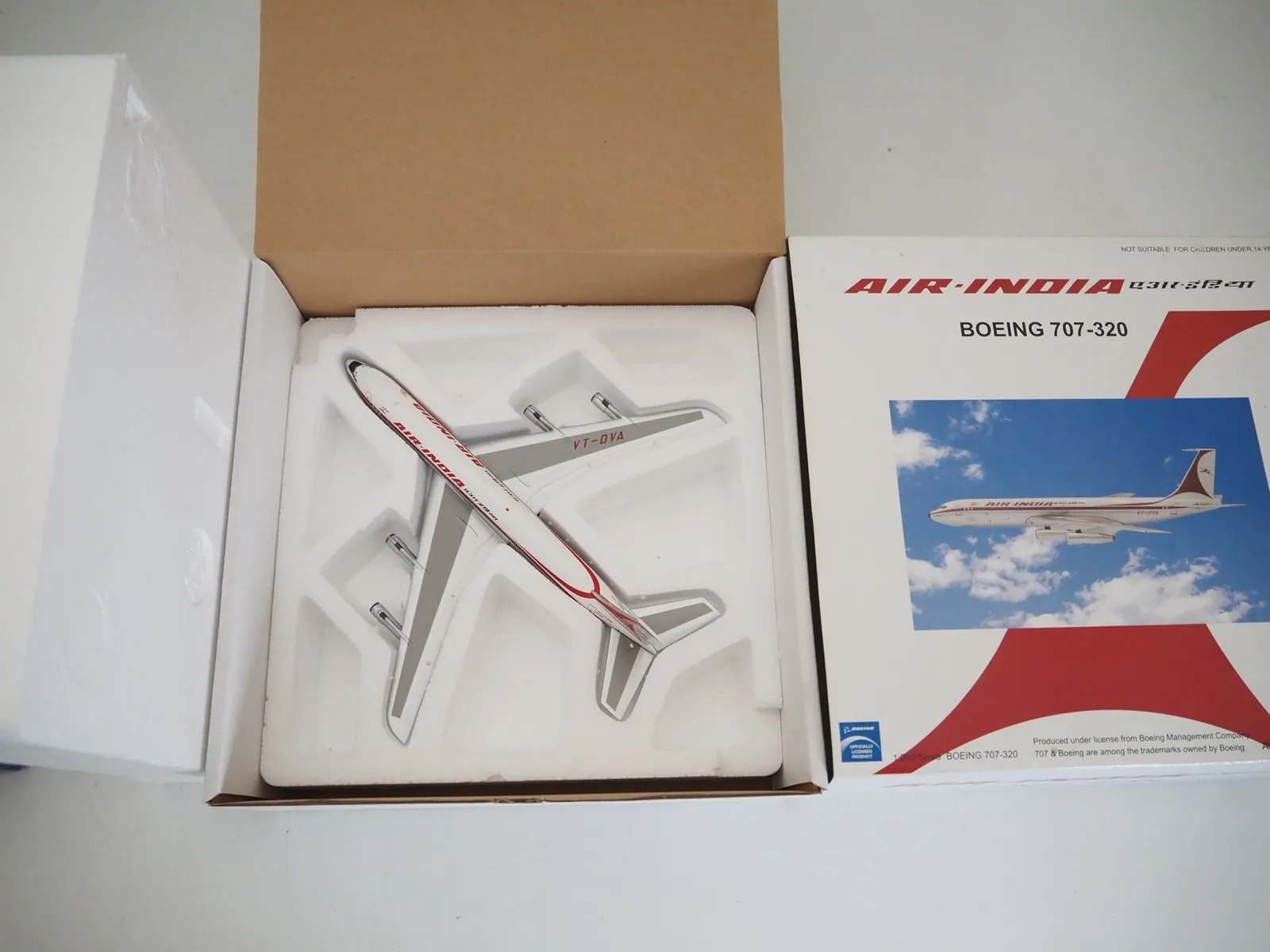
Creative display methods can significantly enhance the visual appeal of a diecast model airplane collection. Display cases offer protection and an organized presentation, with various styles and sizes available to suit different collections. Shelves and wall-mounted displays provide an alternative way to showcase models, allowing collectors to create a visually engaging layout. Dioramas can add context and realism, with collectors creating miniature scenes that depict aircraft in their natural environments. Lighting is another essential aspect, with spotlights and ambient lighting adding drama and highlighting the details of the models. Consider the overall theme and style of your collection and use creative display techniques to tell a story and capture the attention of viewers.
Where to Buy Diecast Model Airplanes UK
The UK offers a variety of options for purchasing diecast model airplanes. Both online and physical retailers cater to the needs of collectors, providing a wide selection of models and accessories. Researching and comparing prices, availability, and customer reviews is essential for making informed buying decisions. Many shops offer pre-orders, limited editions, and exclusive models, adding to the variety available to collectors. Whether you prefer to browse online or enjoy the experience of visiting a physical store, the UK’s retail landscape provides many ways to begin or expand your collection.
Online Retailers for Diecast Models
Online retailers provide a convenient way to purchase diecast model airplanes, offering a wide selection and competitive pricing. Major online marketplaces such as eBay and Amazon host numerous sellers, providing access to a vast inventory of models. Dedicated online model shops, specializing in diecast airplanes, offer expert advice, detailed product descriptions, and often, exclusive models. Comparing prices and reading customer reviews can help you find the best deals and ensure the quality of the models. Many online retailers also offer features like pre-order options, allowing you to secure limited-edition releases. Utilizing online platforms provides you with easy access to the world of diecast models, regardless of where you are based in the UK.
Physical Stores and Model Shops in the UK
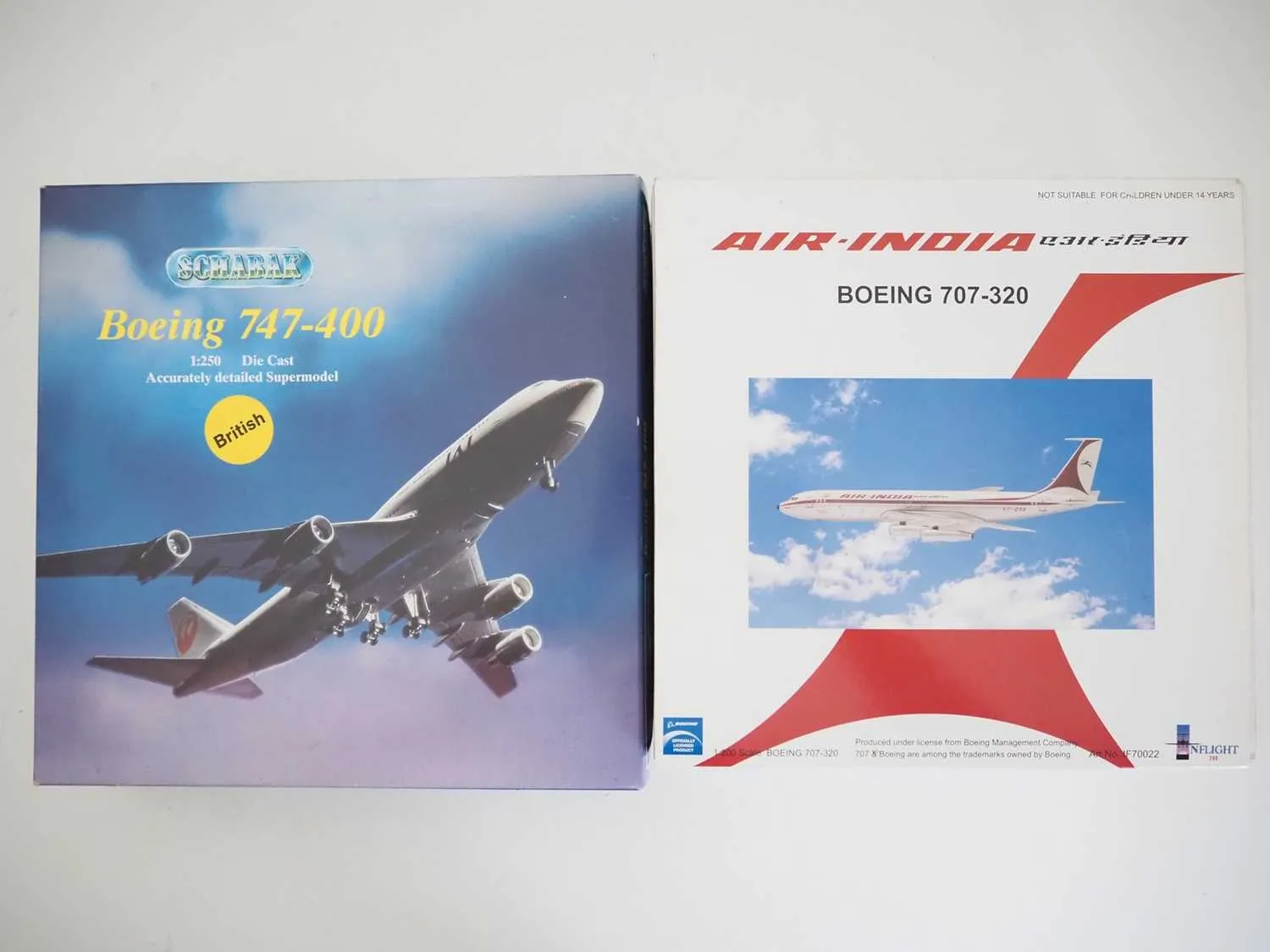
Physical stores and model shops in the UK offer a hands-on experience for collectors, allowing them to examine models in person and receive expert advice. These stores often have a knowledgeable staff, and model enthusiasts can get helpful advice and recommendations for their collections. Many physical stores also offer a social aspect, providing opportunities to meet fellow collectors, discuss models, and participate in events. Visiting a physical store allows you to get a sense of scale and detail that can be hard to grasp from online images. Though the selection might be smaller than online retailers, the benefits of direct interaction, expert advice, and personal service make these stores a valuable resource for diecast model airplane enthusiasts.
Caring for Your Diecast Model Airplanes
Proper care and maintenance are essential for preserving the value and appearance of diecast model airplanes. Protecting your models from dust, sunlight, and extreme temperatures will prevent damage and discoloration. Implementing proper storage solutions, such as display cases or protective boxes, is a must for maintaining their condition. By regularly cleaning the models and being aware of the potential hazards, you can ensure that your collection remains in pristine condition for years to come. Investing a little time and effort into the care of your models will help to preserve their value and the joy you derive from owning them.
Cleaning and Maintenance Tips
Regular cleaning and maintenance are key to keeping your diecast model airplanes in top condition. Dusting models regularly with a soft brush or cloth helps prevent the accumulation of dirt and debris. For more stubborn stains, use a mild soap solution or a specialized model cleaner, applying it gently with a soft cloth. Avoid using abrasive materials or harsh chemicals, as they can damage the paint and surface of the model. Inspect the models periodically for any signs of damage, such as loose parts or paint chips, and address these issues promptly. With the right cleaning techniques and regular care, your collection will always look its best.
Protecting Your Collection From Damage
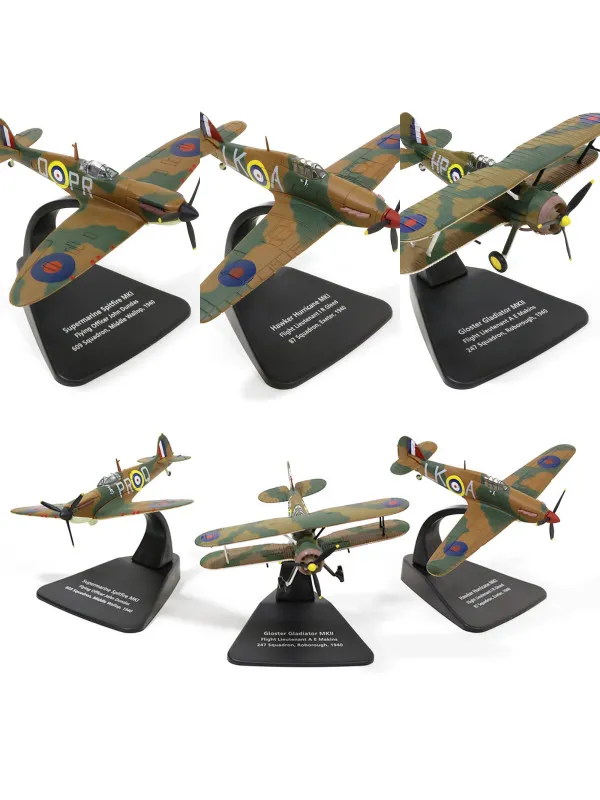
Protecting your diecast model airplane collection from damage involves several key strategies. Display your models in a location away from direct sunlight, as prolonged exposure can cause fading and discoloration. Maintaining a stable temperature and humidity level can also prevent warping or other issues. Consider using display cases to protect your models from dust, scratches, and accidental damage. When handling your models, always grasp them carefully and avoid applying excessive force. Secure the models during transportation or storage, to prevent them from moving around. By adopting these preventative measures, you can minimize the risk of damage and ensure that your collection remains in excellent condition for years to come.
